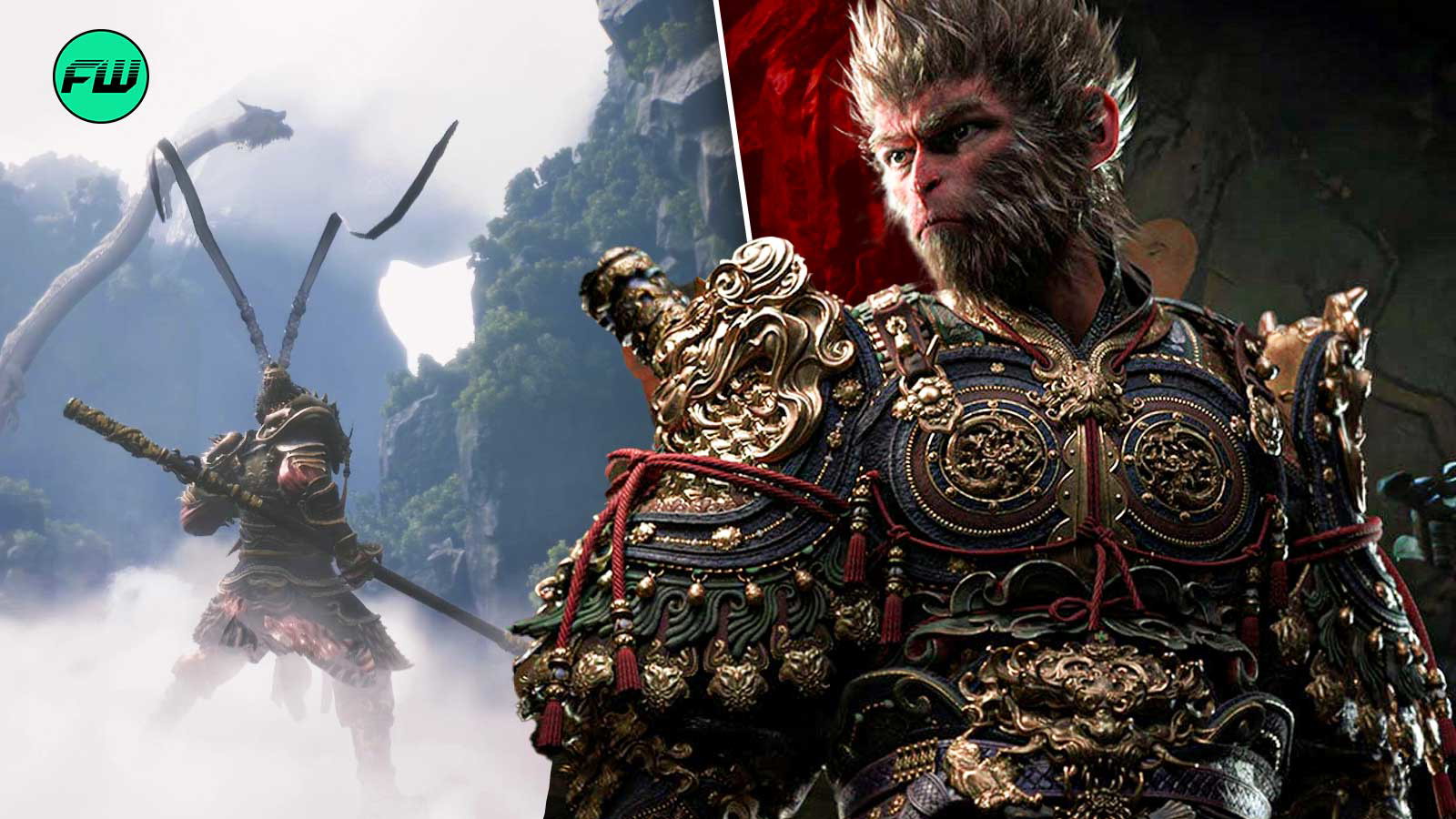Explore Black Myth: Wukong’s breathtaking world and intricate gameplay, but find out why invisible walls might ruin your experience.

Black Myth: Wukong‘s release sent shockwaves through the gaming industry. The game offered players beautiful visuals, a deep narrative, and engaging combat that captured the heart of every gamer and critic. In an era that is heavily dominated by live-service games, it came as a beacon of hope for those who wanted to play a high-quality, single-player experience without in-game purchases.
 Black Myth: Wukong shocked the world with its immersive narrative and beautiful world. | Image Credit: Game Science
Black Myth: Wukong shocked the world with its immersive narrative and beautiful world. | Image Credit: Game Science
For many, Black Myth: Wukong signaled a return to the true essence of gaming, where the main focus was to deliver a complete and immersive experience. However, it also highlighted one of the recurring issues of open-world games: the invisible wall. This limitation not only casts a small shadow over the game’s impressive achievement but also restricts the game’s grandeur, reminding everyone of the limitations of the genre.
Black Myth: Wukong Joins the List of Games Plagued by Invisible Walls
 Players are frustrated by the invisible walls restricting them from exploring the open world. | Image Credit: Game Science.
Players are frustrated by the invisible walls restricting them from exploring the open world. | Image Credit: Game Science.
Black Myth: Wukong is great at showcasing a visually captivating world that is filled with breathtaking views and intricately designed landscapes. However, the appeal of these stunning scenes is ruined by the limitations imposed by invisible barriers. As players progress through various chapters, they will constantly encounter picturesque views one after another.
What ruins this beautiful immersion is the barriers that painfully remind gamers that they are indeed in a game, and these areas are just an image and out of reach. This also highlights the contrast between the developer’s creative ambition and the game’s restrictive boundaries.
Another major disappointment with these Invisible Walls is the missed opportunity by developers. Instead of going with a more creative approach, when players encounter these barriers, it always feels like the game world is artificially restricted rather than being a natural limitation. This unimaginative approach to what is visible and what is accessible can distract players and not ruin the overall immersion.
While some might think that these invisible walls can be a major setback in an otherwise spectacular game, it is worth noting that these barriers are present due to the limitations of technology and not because developers want to implement them.
Yet there are several ways to hide this limitation, a great example would be The Legend of Zelda: Breath of the Wild. It uses natural barriers like huge mountains and limitless water bodies to steer players back to the intended areas without breaking immersion.
Gamers Expecting a Better Future for Open-World Design
 The open-world genre needs a technological evolution to bypass the restriction of invisible walls. | Image Credit: Game Science.
The open-world genre needs a technological evolution to bypass the restriction of invisible walls. | Image Credit: Game Science.
As the technology in the gaming industry advances and evolves, gamers are hoping that future open-world games will find more innovative ways to handle world boundaries. Right now the closest technology seems to be procedural generation or just improving rendering technology.
But in the meantime, gamers can enjoy the vast and beautiful world of Black Myth: Wukong. Even though these barriers exist in its world, it will still serve as a great example of how to create truly immersive and engaging game worlds that look and feel more alive than it actually is.
For many these invisible walls are not an issue due to the stunning environment and boss fights the game offers, showing a glimpse of the grandeur that can be achieved with more innovative boundary management than providing no map and invisible barriers.
In the end, while these invisible walls are restricting the full potential of open-world games in general, they also highlight the continuous need for innovation and creativity in technology and game design.
What is your favorite open-world game? Tell us in the comment section below.




